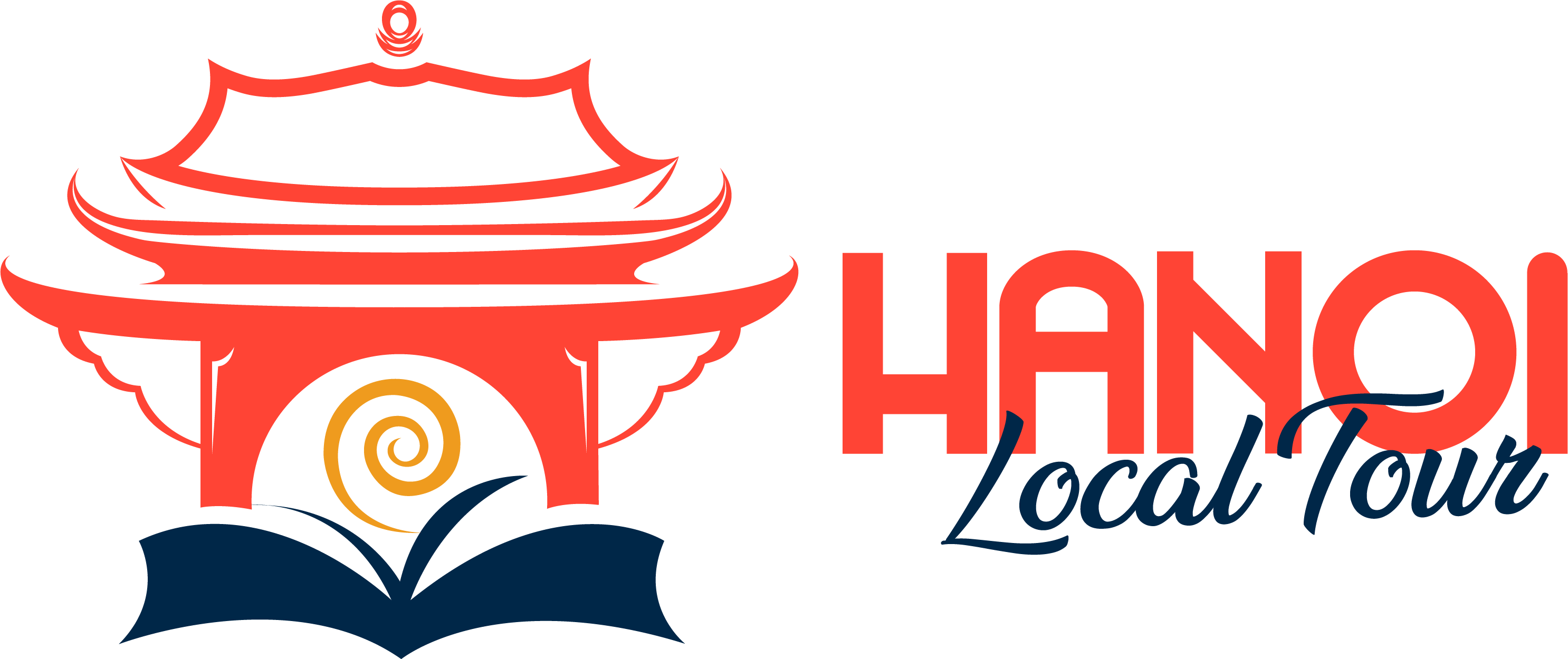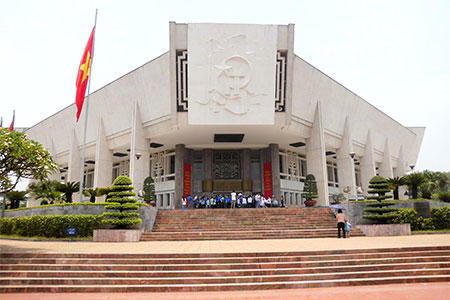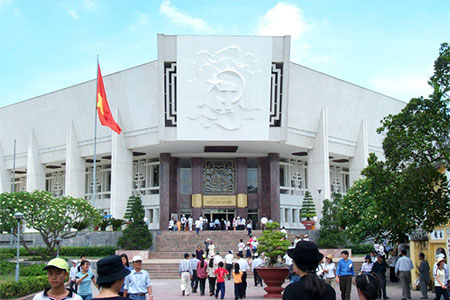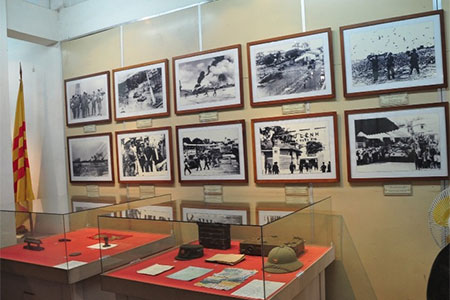For any travelers visiting Hanoi, Ho Chi Minh Mausoleum is probably the destination not to be missed in Hanoi trips. Be seen the leader of a country, who have found a way to save the country and gain independence for a nation after hundreds of years under extremely harsh oppression is a memorable experience. Located within an area of Ho Chi Minh Mausoleum, Ho Chi Minh Museum, next to One Pillar Pagoda, is the most important historical and cultural relic of the capital and the nation.
Ho Chi Minh Museum was established on 05.19.1990, on the commemoration of the country to the 100th birthday of Ho Chi Minh President. This work expresses a profound gratitude of Vietnamese people to great contributions of President Ho Chi Minh. Museum exhibits artifacts and documentary about the life and revolutionary career of Uncle Ho and Vietnam national liberation career. This landmark is famous because of a unique architecture and a place to educate patriotism of Vietnam’s people. The museum is designed by Russian chief architect Garon Ixacovich and was built with the help of Soviet people. With an area of 18.000m2 including 13.000m2 use and retention of about 12 thousand objects, Ho Chi Minh Museum became the largest and most modern in Vietnam.
The building is a square block with three floors, bearing a symbol of a white and ethereal lotus flower, reminiscent of Sen (Lotus) village, the hometown of Uncle Ho. Four square blocks on the top floor are lotus petals and four doors looking out towards four places including Hung Vuong Street, stilt house of Uncle, Ngoc Ha road, and Nguyen Thai Hoc Street. On each side of the front part of the museum is a large embossment with the shape of a national flag and intertwined hammer and sickle, reflecting the ideas of national independence and socialism - the target path that President Ho Chi Minh, the Party, and Vietnamese people have chosen and are following. Around the museum is a cool space covered by green trees.
At the center space of the museum has placed a bronze statue of standing body of President Ho Chi Minh. Uncle Ho statue placed on the banyan tree and the sun, the symbol of light and the survival of the nation. Ho Chi Minh Museum consists of three main parts. The first part exhibits the life, the revolutionary career of President Ho Chi Minh. This includes documents, artifacts, documentary, art works presented in a systematic way with eight main topics: Childhood and Youth of President Ho Chi Minh, the beginning of revolutionary career (1890-1911) until the period of leading the socialist revolution in the North and the struggle against the American invasion, the liberation of the South for reunification of the country (1954-1975). The next part is the demonstration of Vietnam, the struggle and victory of Vietnamese people in Ho Chi Minh era. The final section showcases some facts about the world-historical events that influenced the revolutionary career of President Ho Chi Minh and Vietnam Revolution.
Ho Chi Minh Museum has become a center for research, introduction to the life of a great man of the twentieth century. He is a noble and kind-hearted man who had devoted his whole life to the career of national, social, and human being liberation. The important contributions in many aspects of President Ho Chi Minh in the areas of politics, culture, art and education is the crystallization of tradition over thousands of years of Vietnamese people and his thoughts are the embodiment of the aspirations of citizens. Visit here, visitors will have the opportunity to understand more about the leader of Vietnam, and find out his journey of national liberation



